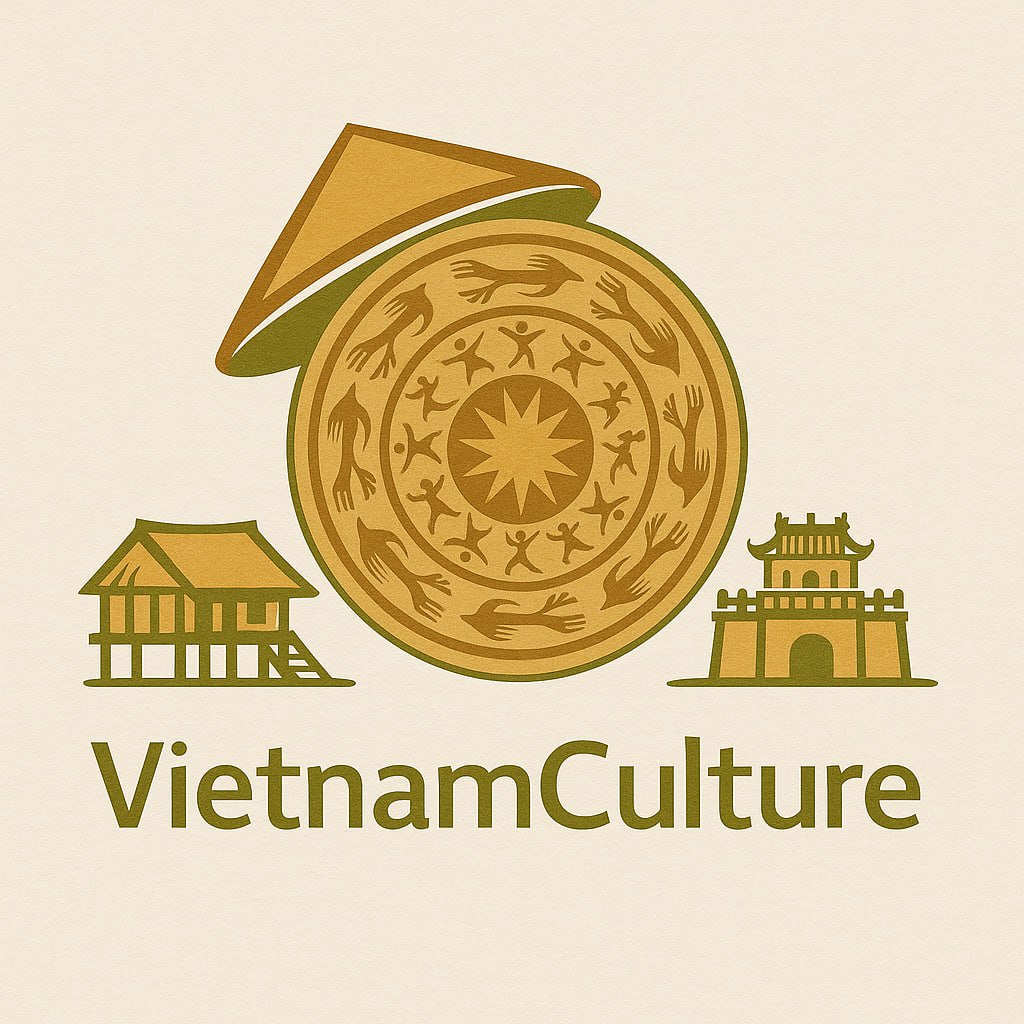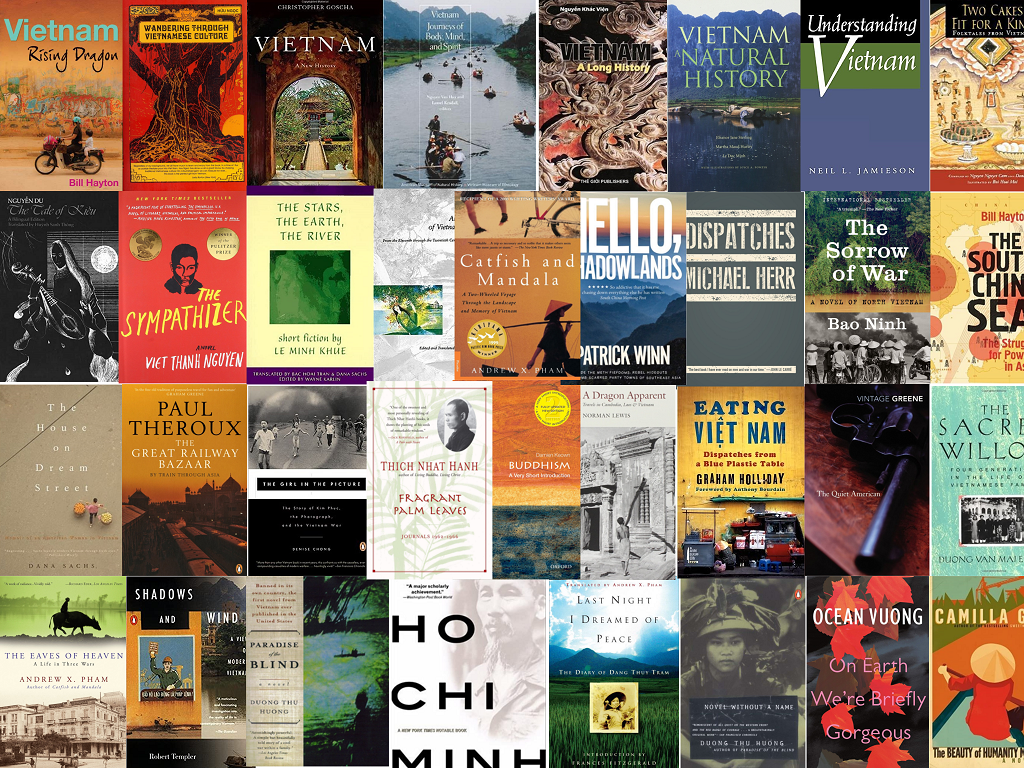In the global literary landscape, few cultures have embedded poetry into their national consciousness as deeply as Vietnam. From folk lullabies to revolutionary verses, Vietnamese poetry is not just an artistic expression — it is a spiritual, emotional, and cultural cornerstone of the Vietnamese identity.
While Vietnam is often celebrated for its vibrant cuisine, scenic landscapes, and resilient history, Vietnamese poetry offers something more profound: a direct path into the soul of a nation that has weathered millennia of joy, struggle, and transformation. Whether inscribed in imperial scripts, murmured in rural folk songs, or performed on modern stages, Vietnamese poetry is an intimate narrative of Vietnam itself.
This article invites foreign readers to explore the rich world of Vietnamese poetry — its historical evolution, diverse themes, iconic poets, and how you can experience this literary heritage today.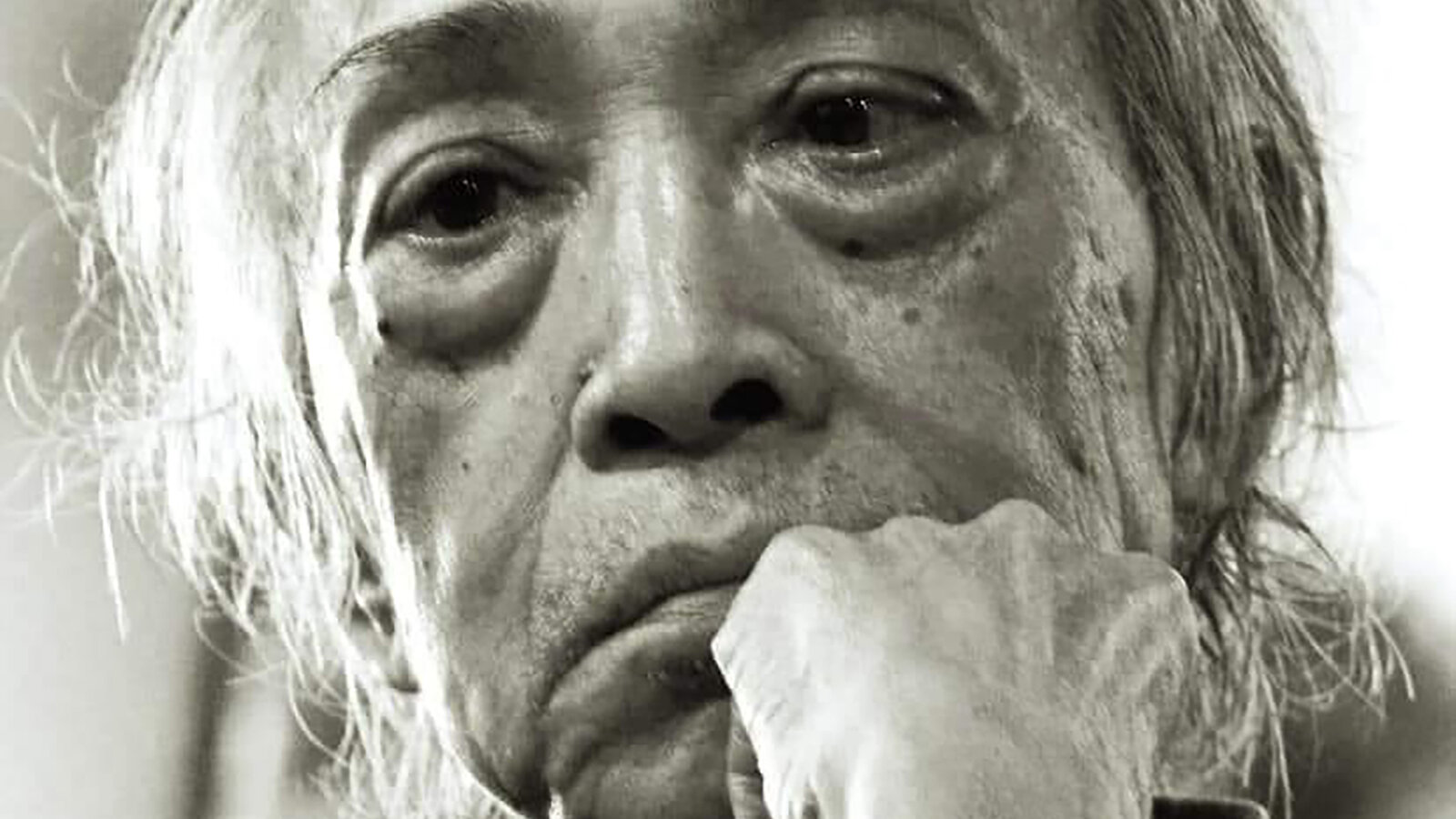
📜 What Is Vietnamese Poetry?
Vietnamese poetry refers to poems written in Vietnamese or with Vietnamese cultural context, ranging from ancient oral traditions to contemporary free verse. It includes:
- Folk poetry (ca dao, hò, vè)
- Classical poetry (written in Sino-Vietnamese and Chữ Nôm)
- Modern and contemporary poetry (influenced by global literary movements)
Unlike other literary genres that often belong to an elite class, poetry in Vietnam has always been democratic and deeply personal — sung in rice fields, chanted in temples, taught in schools, and recited during national festivals.
🕰️ A Brief History of Vietnamese Poetry
1. Pre-Writing Era – Folk Poetry and Oral Traditions
Long before Vietnamese writing systems existed, poetry flourished as oral literature. Passed down through generations, these poems were easy to remember and full of meaning:
- Ca dao (folk poems): Short, emotional verses about love, daily life, and morality.
- Hò and lý: Sung during labor or festivals, often improvised.
- Tục ngữ (proverbs): Wise poetic sayings about life and human nature.
These poems acted as both education and entertainment, forming the moral backbone of rural communities.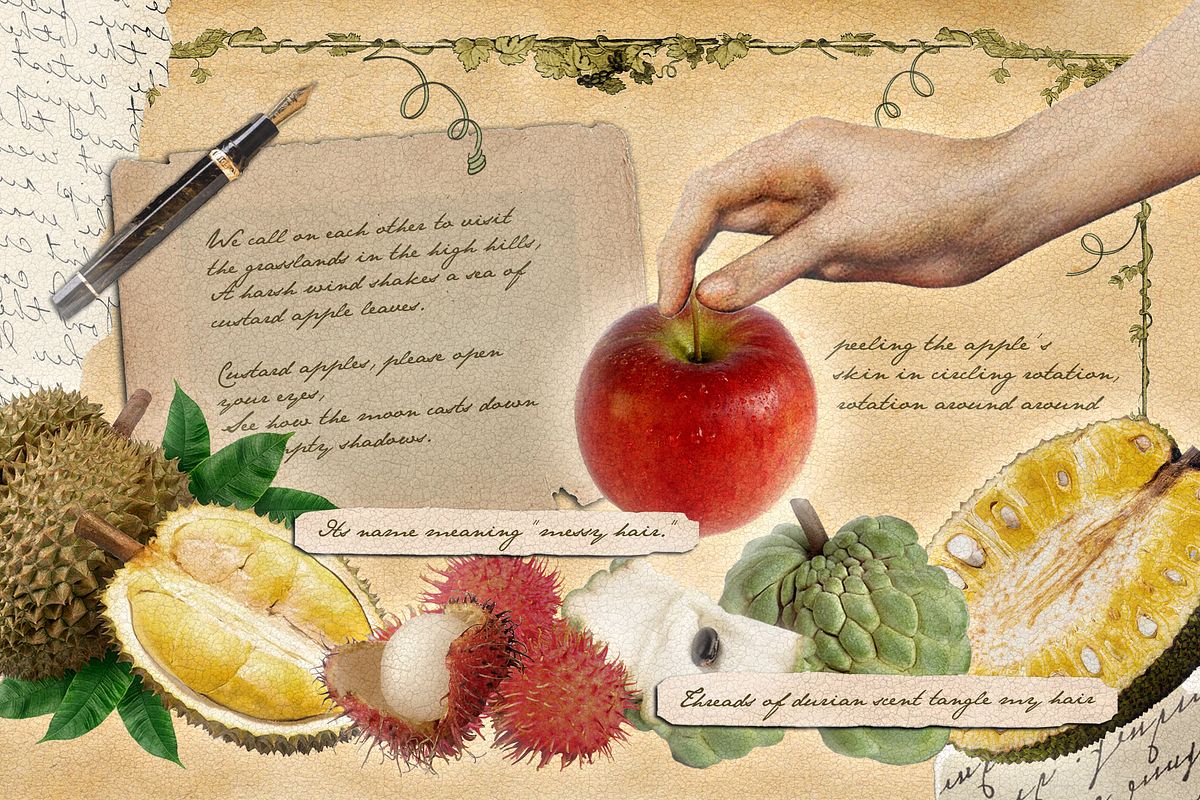
2. Feudal Era (10th–19th Century) – Classical Vietnamese Poetry
With independence from Chinese rule, Vietnamese scholars began writing poetry in Chinese characters (Hán) and later in Chữ Nôm, a script created to represent Vietnamese sounds.
Notable figures include:
- Lý Thường Kiệt: His poem Nam Quốc Sơn Hà (“Mountains and Rivers of the Southern Country”) is considered Vietnam’s first declaration of sovereignty — in verse.
- Nguyễn Trãi: Author of Bình Ngô Đại Cáo, combining political philosophy and poetic mastery.
- Nguyễn Du: Legendary poet of The Tale of Kiều (Truyện Kiều), a 3,254-line poem about love, fate, and social injustice. It is the most revered work in Vietnamese literature.
Poetry during this time was not only literary art but also a tool of governance, diplomacy, and cultural identity.
3. Colonial and Modern Era (Early 20th Century)
Colonial rule brought exposure to French literature, sparking the New Poetry Movement (Phong trào Thơ mới). Poets broke from classical norms and embraced:
- Free verse and Western forms.
- Romantic and existential themes.
- Personal emotion and individuality.
Famous New Poets include:
- Xuân Diệu: Known as Vietnam’s greatest romantic poet.
- Huy Cận: Philosophical and nostalgic.
- Chế Lan Viên: Symbolic, surreal, and spiritually complex.
This was Vietnam’s literary modernization, aligning it with global movements while retaining national essence.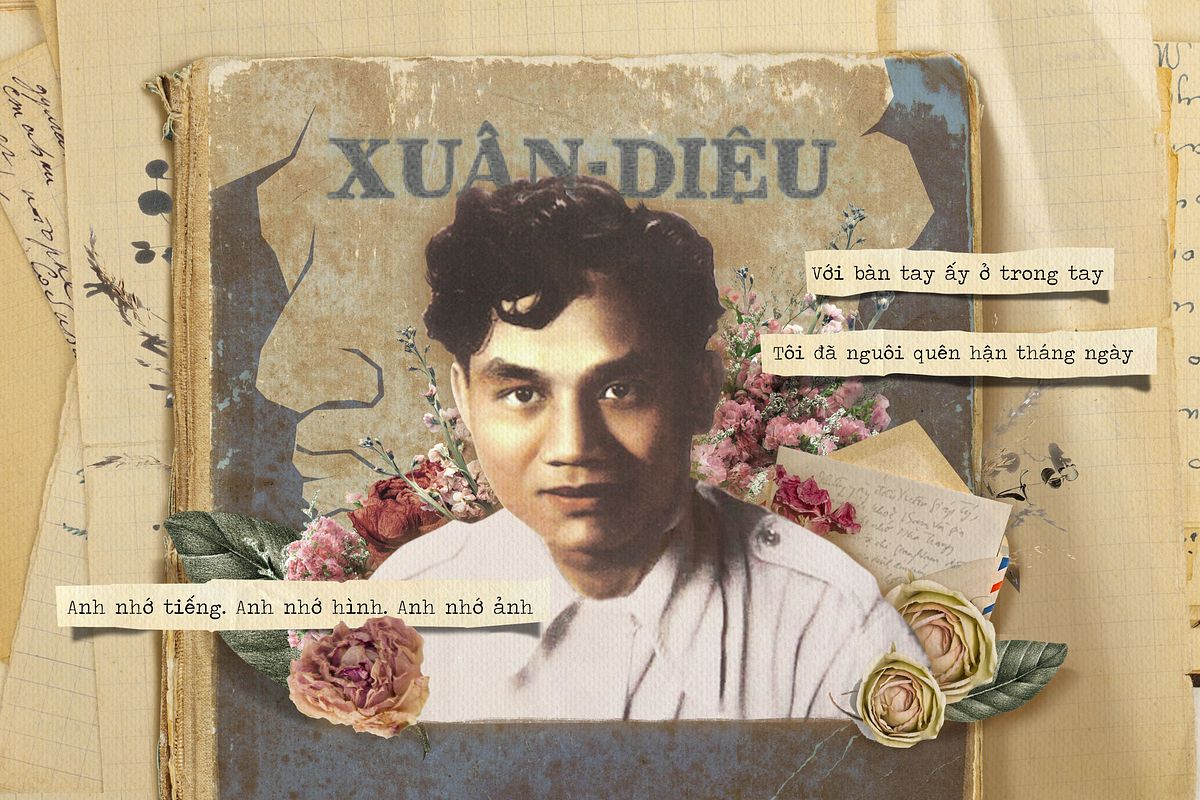
4. War Era Poetry (1945–1975)
Poetry became a powerful political and emotional tool during Vietnam’s wars for independence and reunification. It was used to:
- Inspire courage among soldiers.
- Honor fallen comrades.
- Express pain and patriotism.
Noteworthy poets:
- Tố Hữu: The leading voice of revolutionary poetry.
- Chính Hữu: Soldier-poet whose lines expressed war’s beauty and brutality.
War poetry is a testament to how Vietnamese poetry breathes through historical trauma while celebrating resilience.
5. Post-Renovation (Đổi Mới) and Contemporary Poetry (1986–Present)
With the Đổi Mới reforms, Vietnamese poetry entered a new era of creative freedom. Today’s poets explore:
- Identity, gender, and the human body.
- Urban life, globalization, and digital culture.
- Environmental issues and existential questions.
Contemporary poetry embraces a plurality of voices and forms, including spoken word, experimental verse, and hybrid genres that reflect both Vietnamese tradition and global sensibilities.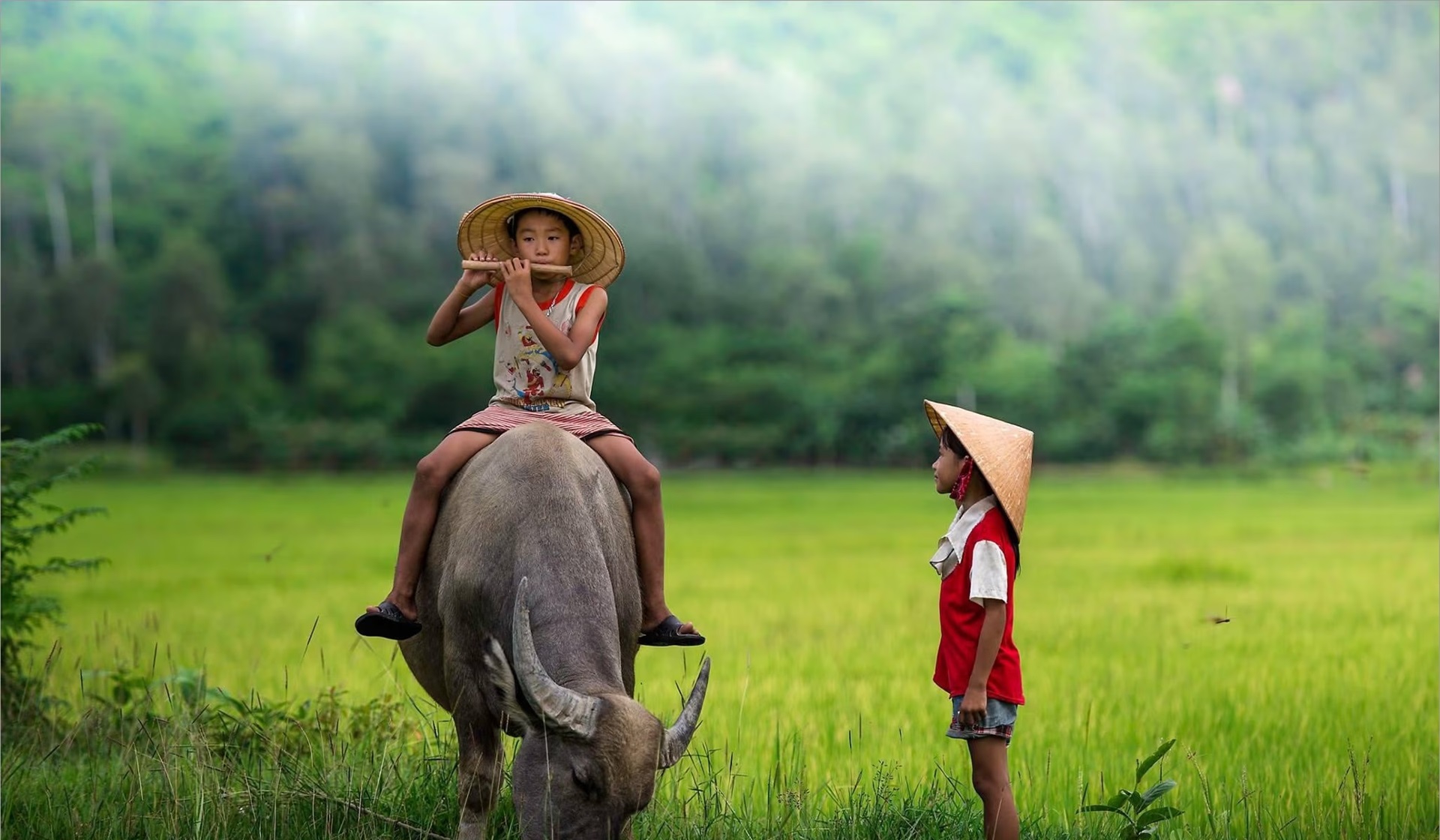
📚 Themes in Vietnamese Poetry
🌸 Love and Longing
From folk songs to modern verse, romantic love is a central theme. Poets express unrequited love, passion, heartbreak, and eternal devotion with elegance and vulnerability.
“My heart is like a bird
Caged by your name
Dreaming only of sky.”
— Modern free verse
🌊 Nature and the Seasons
Nature is not merely a backdrop — it symbolizes the human condition. Rivers reflect life’s flow; the moon, separation; the lotus, purity.
“The bamboo bends in storms
But never breaks — like us.”
— Folk proverb
🕊️ War and Patriotism
Vietnamese poetry immortalizes war heroes, village mothers, and battlefield memories. These poems are emotional monuments of a people’s sacrifices.
🧍 Self and Society
Modern poets address identity, mental health, spirituality, and social injustice, often through minimalist or symbolic language.
“My mirror holds no face —
Only memory.”
— Contemporary poem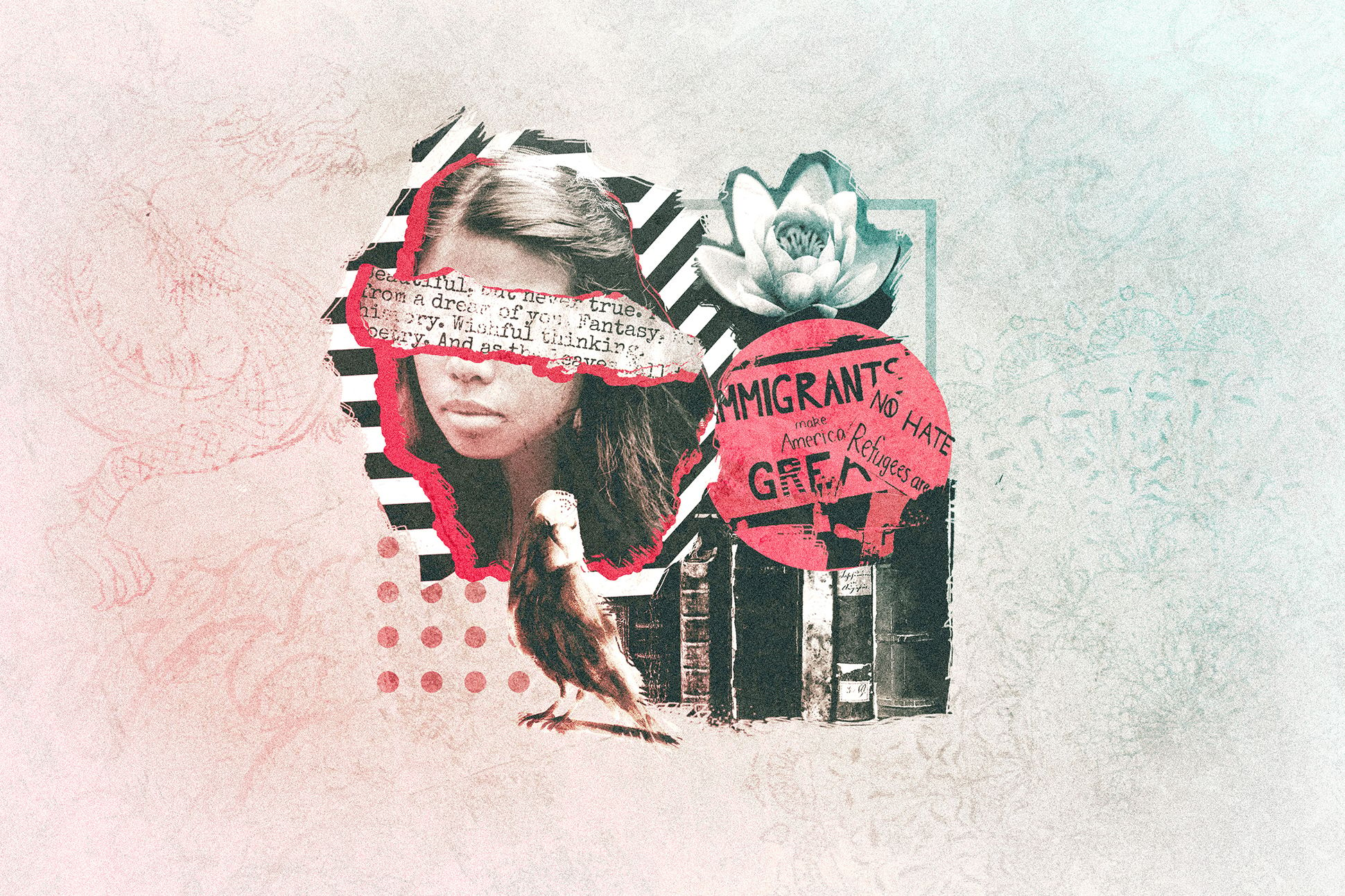
🧑🎨 Famous Vietnamese Poets You Should Know
| Name | Era | Signature Style |
| Nguyễn Du | 18th Century | Narrative epic poetry, Chữ Nôm |
| Hồ Xuân Hương | 19th Century | Proto-feminist satire, Nôm poetry |
| Xuân Diệu | 20th Century | Romanticism, free verse |
| Chính Hữu | War Era | Soldier’s perspective, realism |
| Chế Lan Viên | Modern Era | Symbolism, philosophy |
| Nguyễn Duy | Post-war | Humanism, simplicity |
| Lưu Quang Vũ | Contemporary | Existential reflection |
Each poet offers a unique window into Vietnamese society, from palace to battlefield, from rural heartland to inner psyche.
📅 Vietnam Poetry Day – Celebrate the Art of Verse
Every 15th day of the Lunar New Year (Rằm tháng Giêng), Vietnam celebrates Vietnam Poetry Day, a national event showcasing the country’s poetic heritage.
Held in locations such as:
- Thăng Long Imperial Citadel (Hanoi)
- Temple of Literature (Văn Miếu)
- Tháp Nhạn in Phú Yên
- Nguyễn Du’s hometown in Hà Tĩnh
Activities include:
- Public poetry readings.
- Poetry exhibitions and “memory houses” for past poets.
- Cultural performances and music.
- Book fairs and calligraphy booths.
Foreign visitors are welcome to join, listen, and even share their own poetry.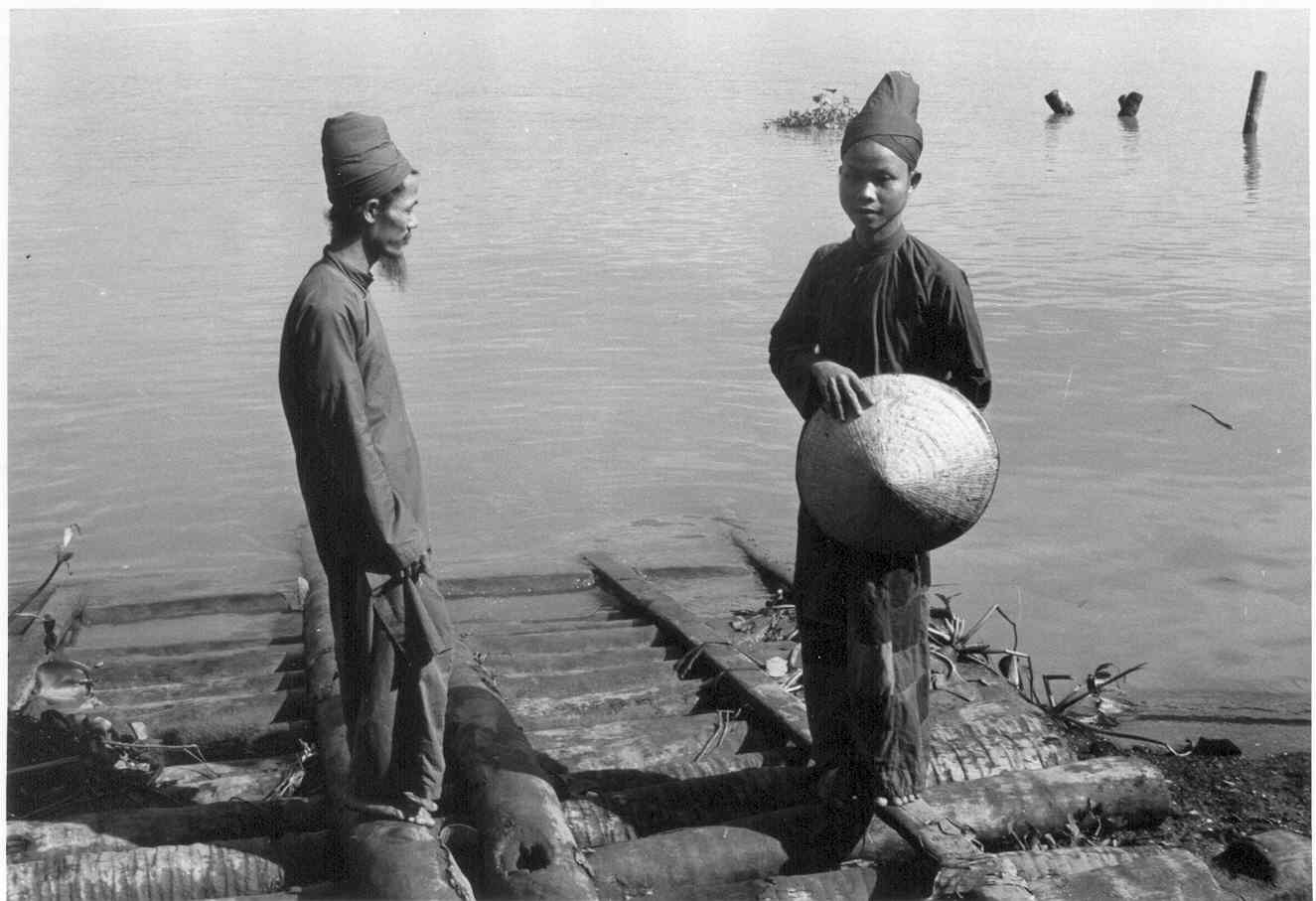
🏞️ Where to Experience Vietnamese Poetry
📍 Poem Mountain (Núi Bài Thơ), Hạ Long
Features royal and poetic inscriptions on cliffs — a blend of history and nature.
📍 Hue – City of Poets
The former imperial capital is filled with temples, tombs, and poetic landmarks, often featured in classical poetry.
📍 Nguyễn Du’s Memorial Site, Hà Tĩnh
A cultural heritage complex dedicated to the life and works of Vietnam’s literary giant.
📍 Contemporary Poetry Cafés and Events
Major cities like Hanoi, Ho Chi Minh City, and Da Nang host poetry nights and spoken-word gatherings — some in English.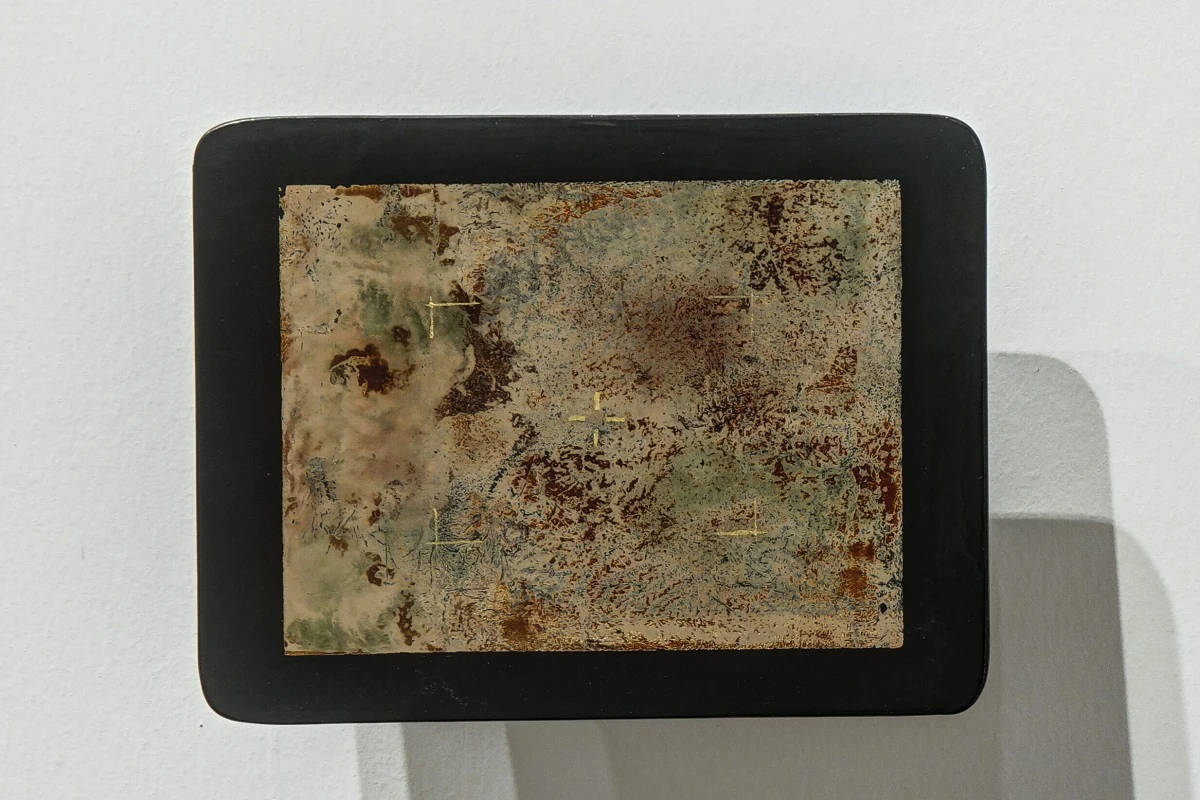
💡 How Foreigners Can Enjoy Vietnamese Poetry
✔️ Read Translations
Start with:
- The Tale of Kiều (various English translations)
- Black Dog, Black Night: Contemporary Vietnamese Poetry
- Poems of War and Peace in Vietnam (bilingual editions)
✔️ Watch Poetry Performances
Look for:
- Vietnam Poetry Day livestreams.
- YouTube performances by Vietnamese poets.
- Local cultural centers and museums.
✔️ Join Poetry Clubs or Events
Many Vietnamese universities, libraries, and embassies abroad hold literary events, often welcoming international participants.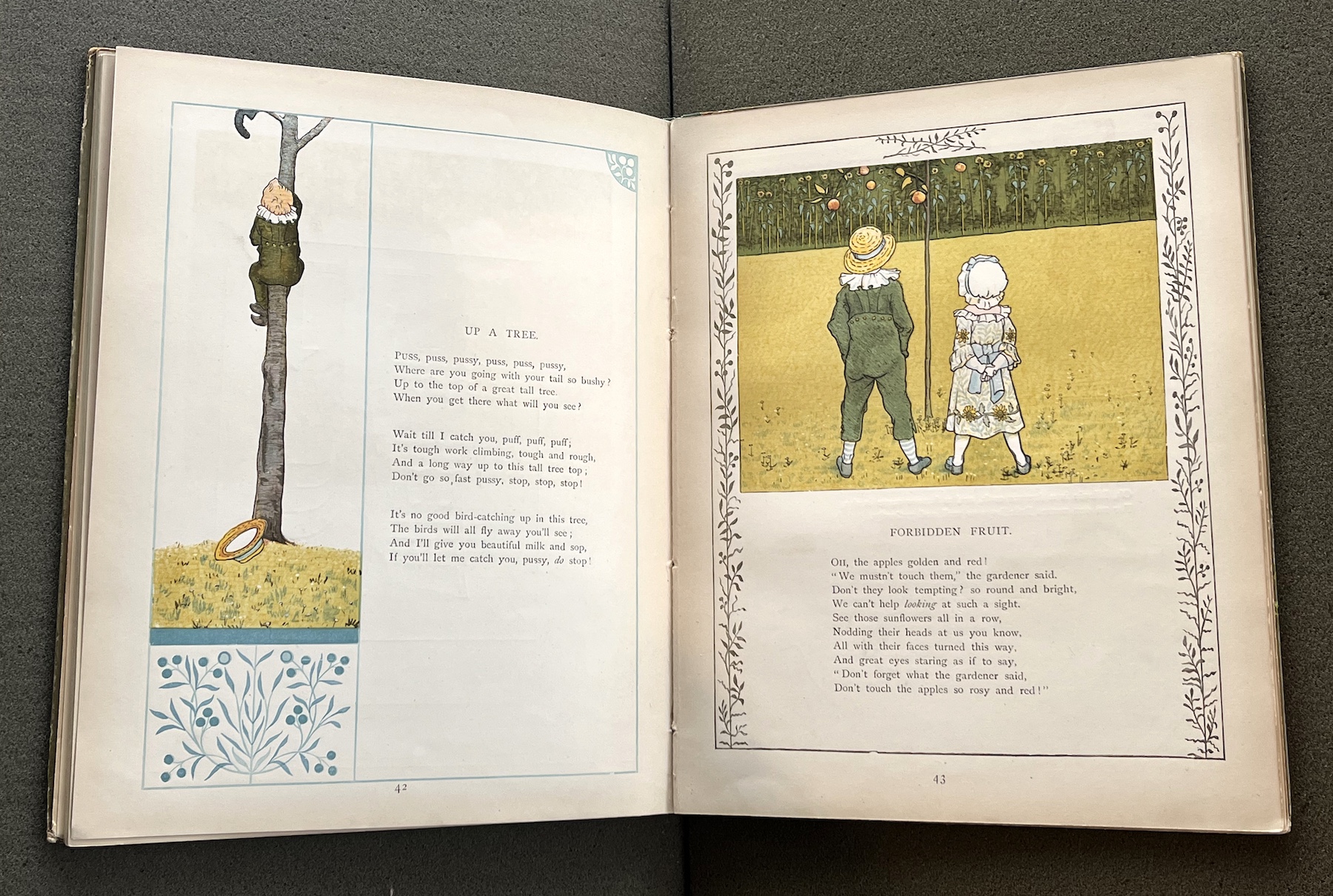
✅ Conclusion: Vietnamese Poetry Is Vietnam’s Inner Voice
To read Vietnamese poetry is to hear Vietnam’s heartbeat — through fields and forests, love and war, silence and storm. It is a profound companion on the cultural journey of any curious traveler, student, or lover of literature.
Poetry in Vietnam is not just for scholars or poets. It’s for everyone — whispered by grandmothers, etched in ancient stones, performed on national stages, and shared online by a new generation of digital poets with Vietnam Culture.
Whether you’re standing beneath the lanterns of Hoi An or exploring a museum in Hanoi, remember: Vietnam’s most beautiful stories are often told not in novels, but in verses that rhyme with history, identity, and hope.
See more post: Vietnamese literature: A journey through the soul of nation
